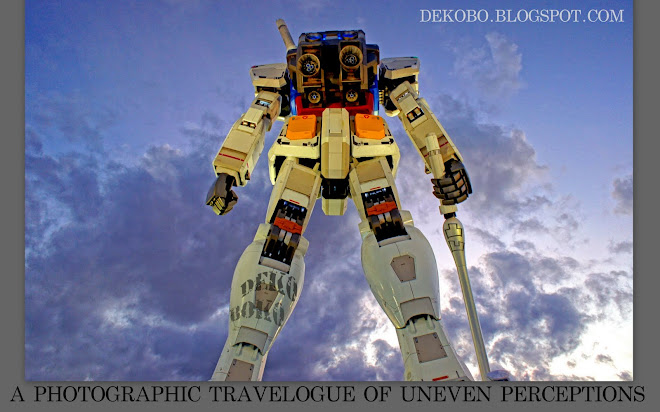
Unfortunately, today is my last day in Japan. I am traveling to the West Coast of the United States, so this post marks the end in this chapter of DekoBoko. I am unsure what the ultimate fate of the blog will be at this time. I am sure to continue taking pictures, so perhaps I will continue to post from my new residence and from my future travels. I am sure that the posting will halt for a time as I settle into a new routine. If you are interested please check back in a few weeks and I will let you know what, if anything, will become of DekoBoko.
To those of you who have spent your precious time viewing my amateur attempts at photography, and tolerated my dry and pointless prose . . . I thank you!!!
I would especially like to thank everyone who has commented, including the regulars: Kat & Satoshi's from "Our Adventures in Japan" which is a really fun food journal of Japan, A. and Y. Ikeda from "Tochigi Daily Photo" (+2 other great blogs) which are stunning and informative photography journals (I will miss participating in Show-me-Japan), and last but not least Anzu from Ann & Natsu, who has a super cute furry family.
Cheers,
Jonathan










































